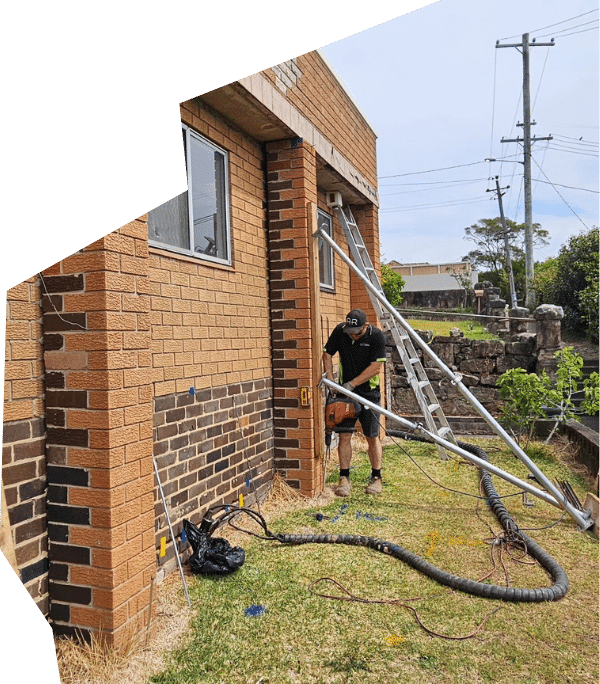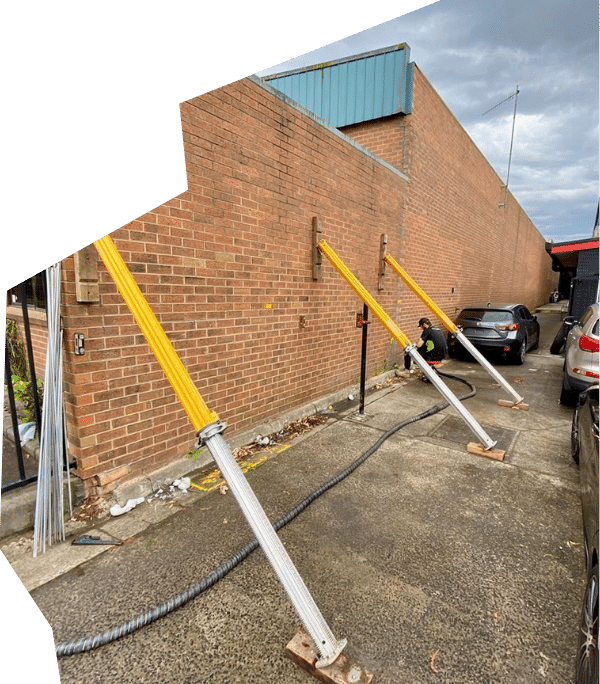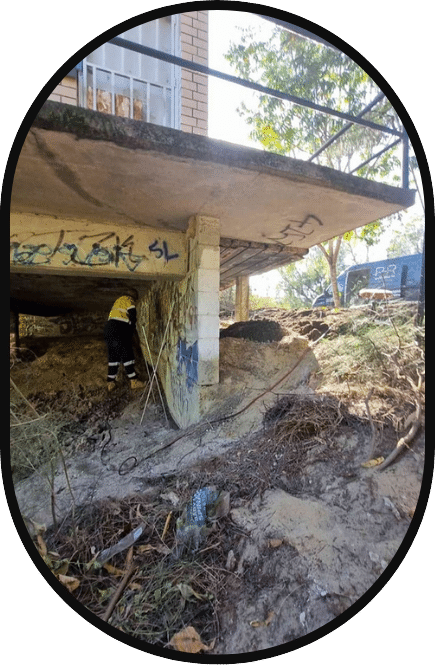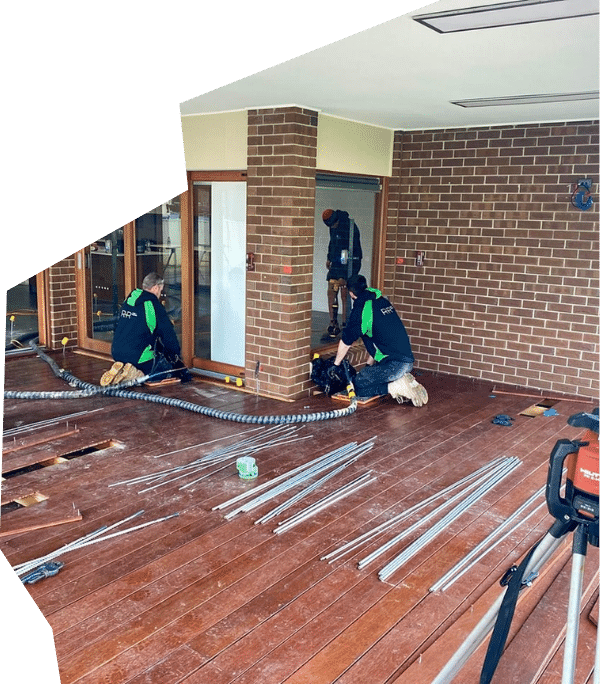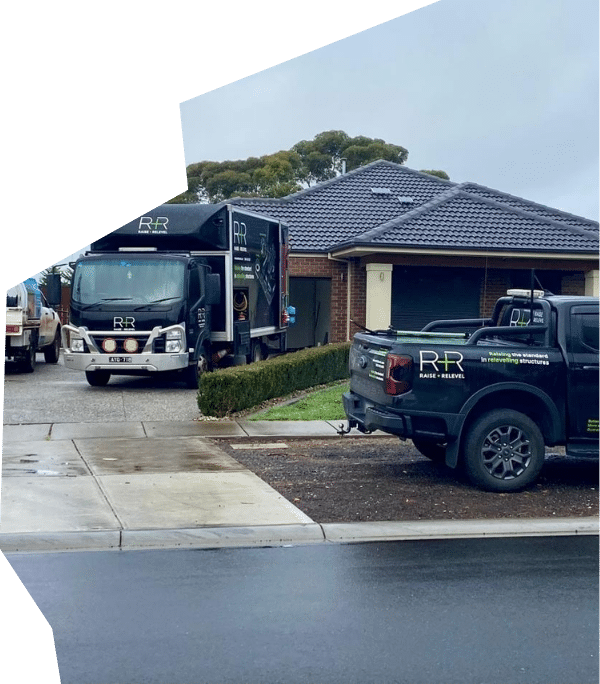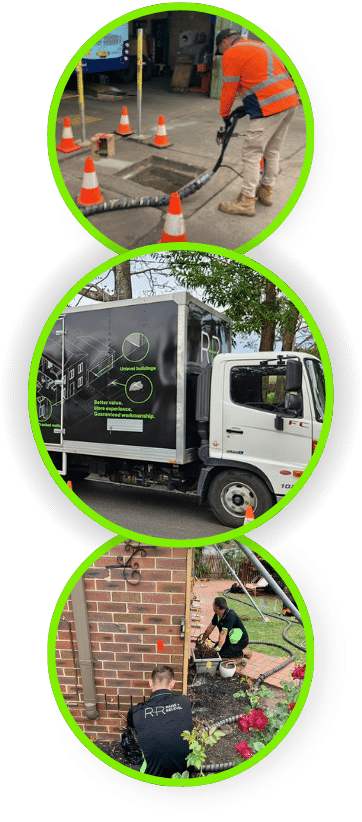Structures built upon previously mined land are also susceptible to subsidence. Tunnelling projects beneath properties can also contribute to or cause subsidence.
Nearby Construction work
Excavations can cause harmful vibration levels and changes in the water content of the ground that can damage nearby structures and cause subsidence.
Indication of a Subsiding House
There are certain signs to look for with subsidence if you want to save yourself from expensive repairs down the line. These include:
Cracks in walls: These cracks in walls will often appear around your doors or windows and can easily expand over time if they aren’t taken care of. Unlike superficial cracks, subsidence-related cracks are usually wider at the top than at the bottom and can run diagonally across the wall. If you notice cracks exceeding 3mm in width, it’s a clear sign that your foundation might be impacted.
Jamming of windows and doors: This happens because the foundations subsiding cause shifts in the structure, leading to misalignment. Jammed doors and windows should not be ignored, as they signify underlying structural issues that need urgent attention.
Uneven or unlevel floors: Sinking floors can be a result of the ground beneath your home shifting or settling unevenly. This not only affects the aesthetics of your house but also poses safety risks. Uneven or unlevel floors can lead to tripping hazards and further structural complications if not addressed promptly.
Other signs of subsidence can include water leaks, movement on the side of the house (such as tree roots drawing moisture unevenly from the soil), and gaps and separation caused by the ground underneath being unable to support the weight of the structure.

